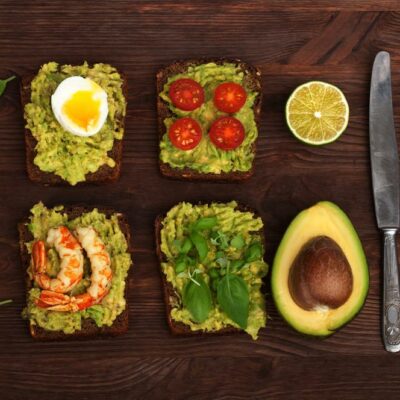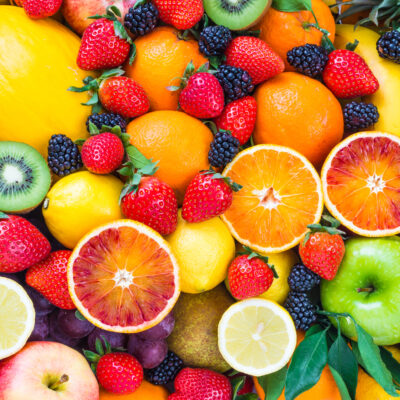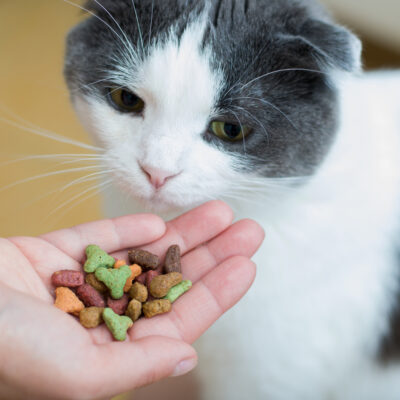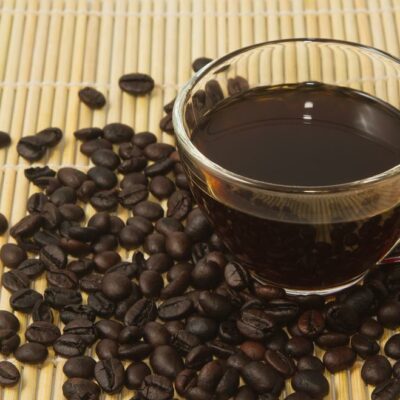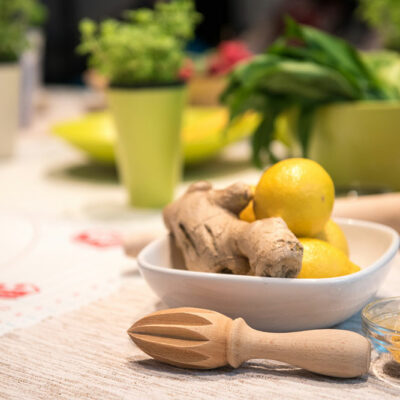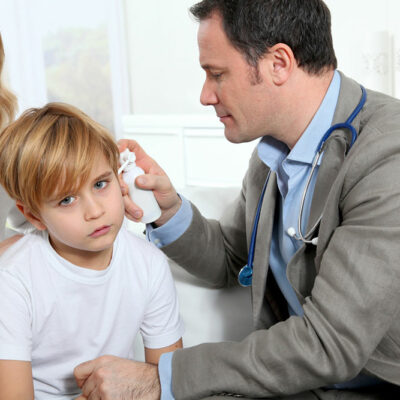
Food
4 healthy and delicious snacks for kids
Snacks are a great way to add some healthy ingredients to your kid’s diet. The packaged, processed snacks contain artificial flavors and colors that are extremely unhealthy and should be avoided. Instead of giving your kid these unhealthy processed foods, try some wholesome, highly nutritious, and delicious snacks that will help them remain full and keep them healthy. Popcorn Some people believe that popcorn is a junk food, but on the contrary, it is a healthy whole grain. Unless you top it with unhealthy junk food, popcorn is an easy-to-prepare, healthy snack for children. All you need to do is air-pop it and add a small tablespoon of butter to it. You can also grate some parmesan cheese on the popcorn. Yogurt Packed with calcium and protein, yogurt is one of the best healthy snacks for toddlers. Calcium is crucial for bone development and protein is required to build and repair tissues. Moreover, some yogurts are known to contain live bacteria that help in managing the digestive system. Most yogurts that are found in the market are loaded with sugar, and therefore, should be avoided. Instead, to make this a healthy snack for your toddler, opt for full-fat, plain yogurt.
Read More 

